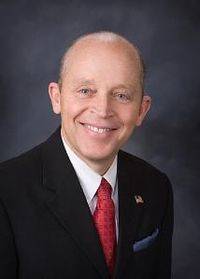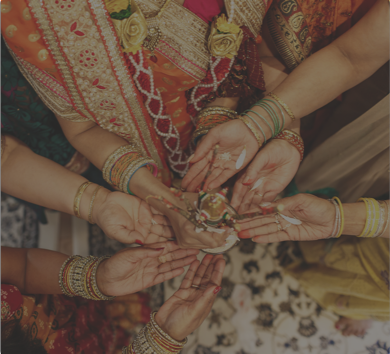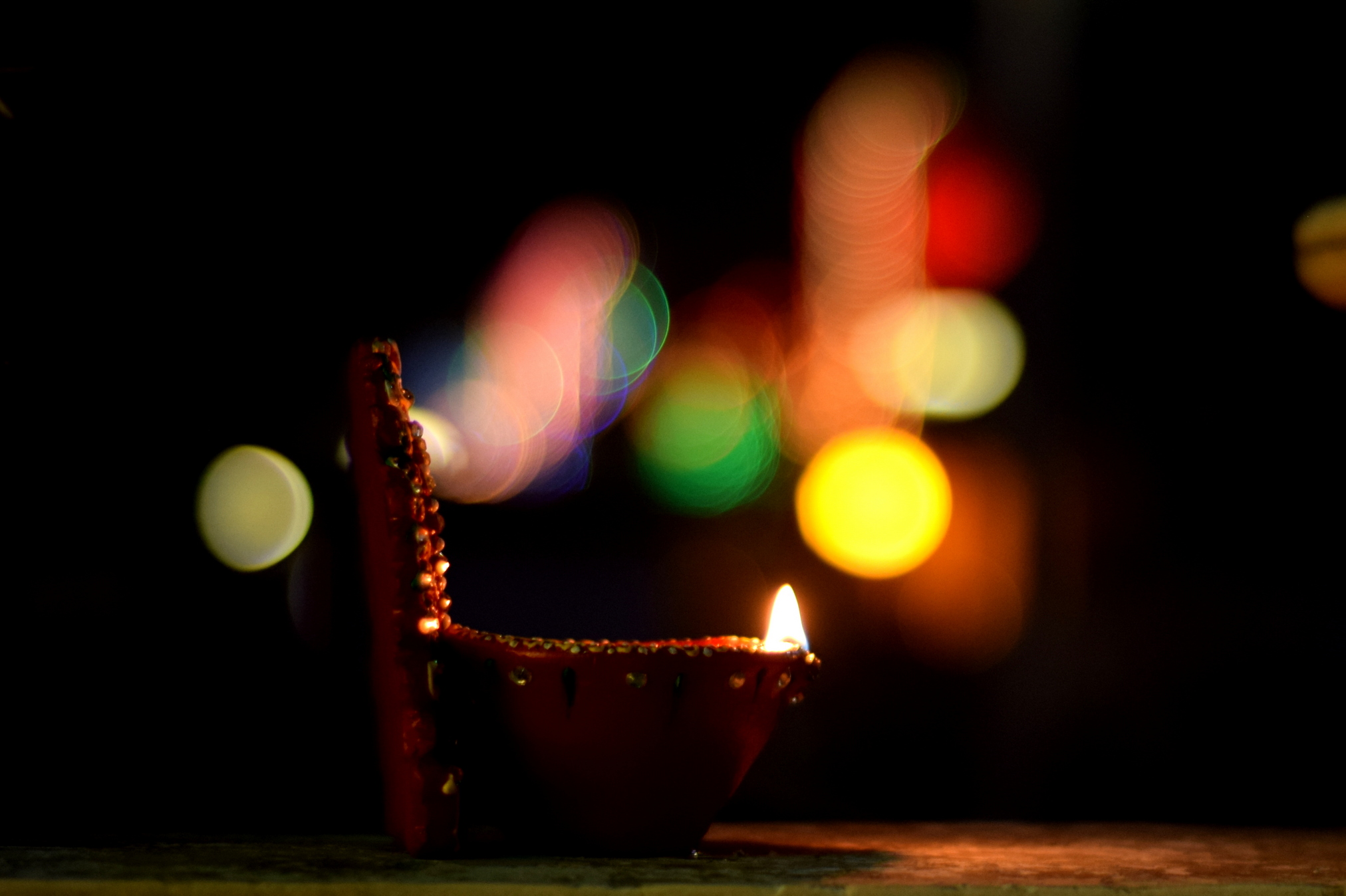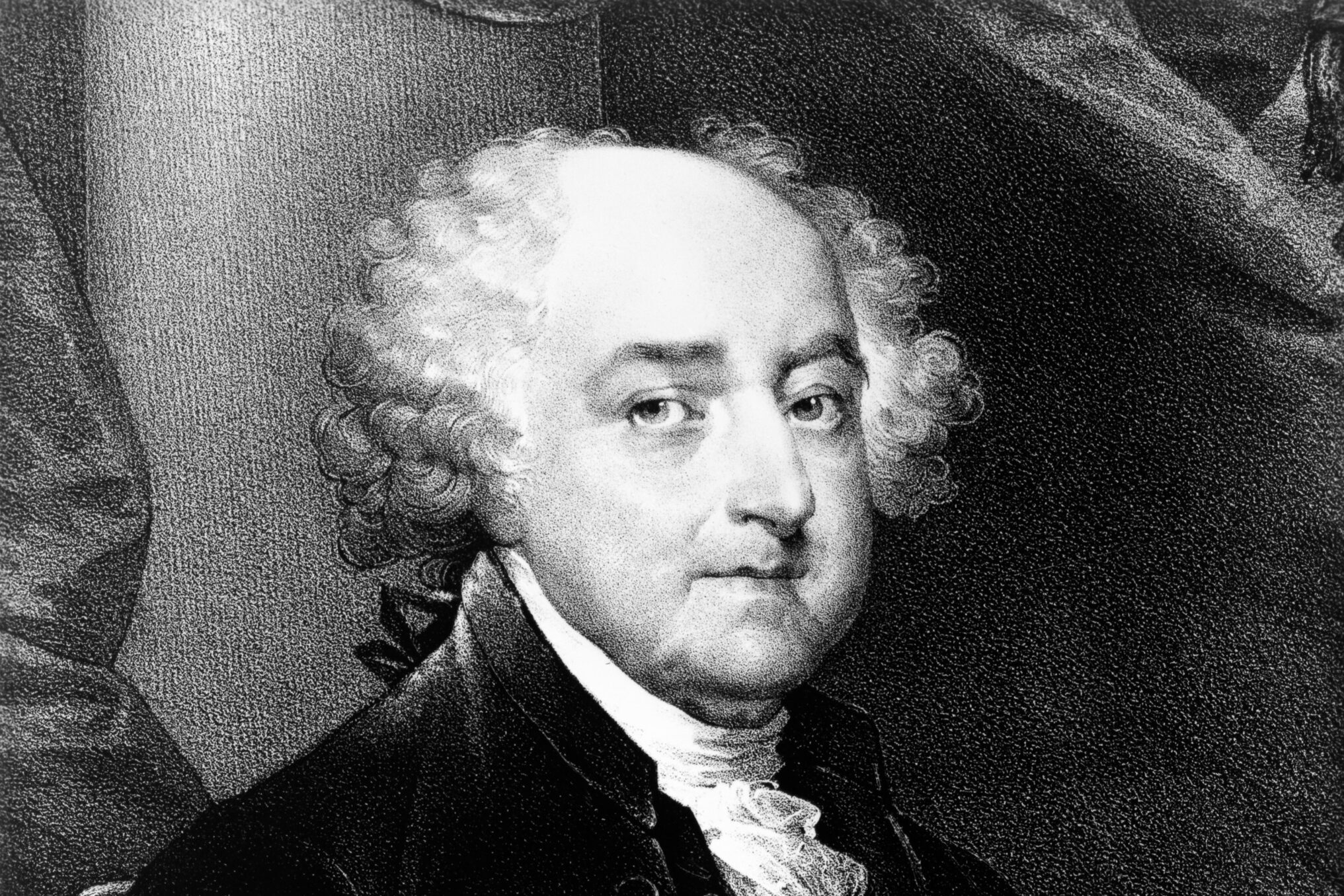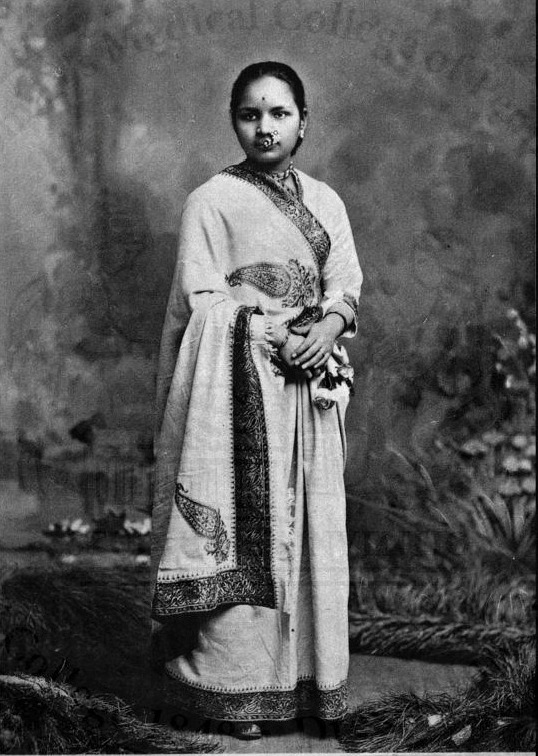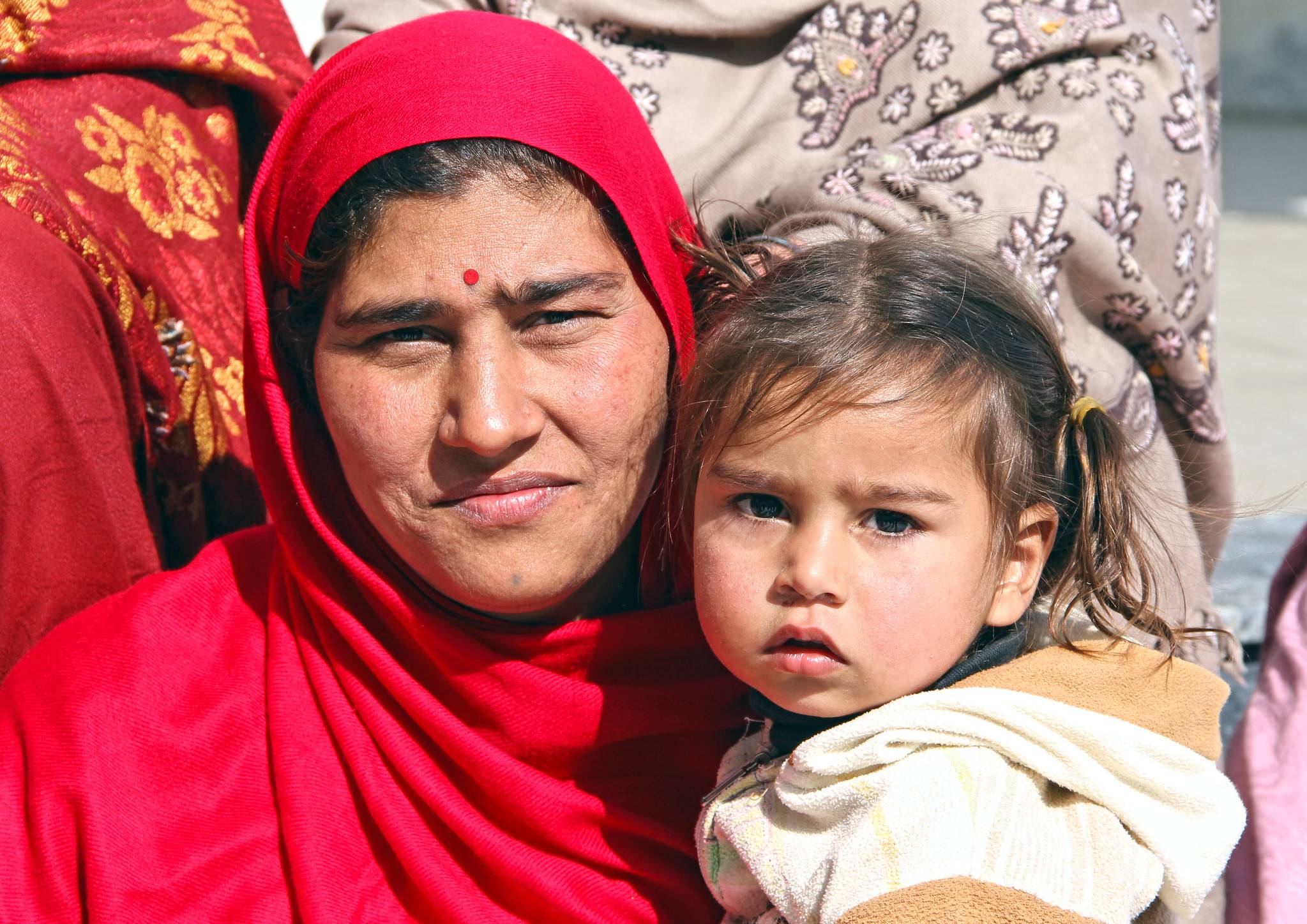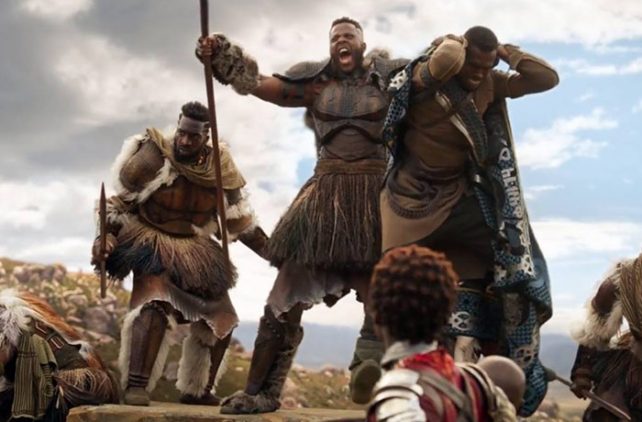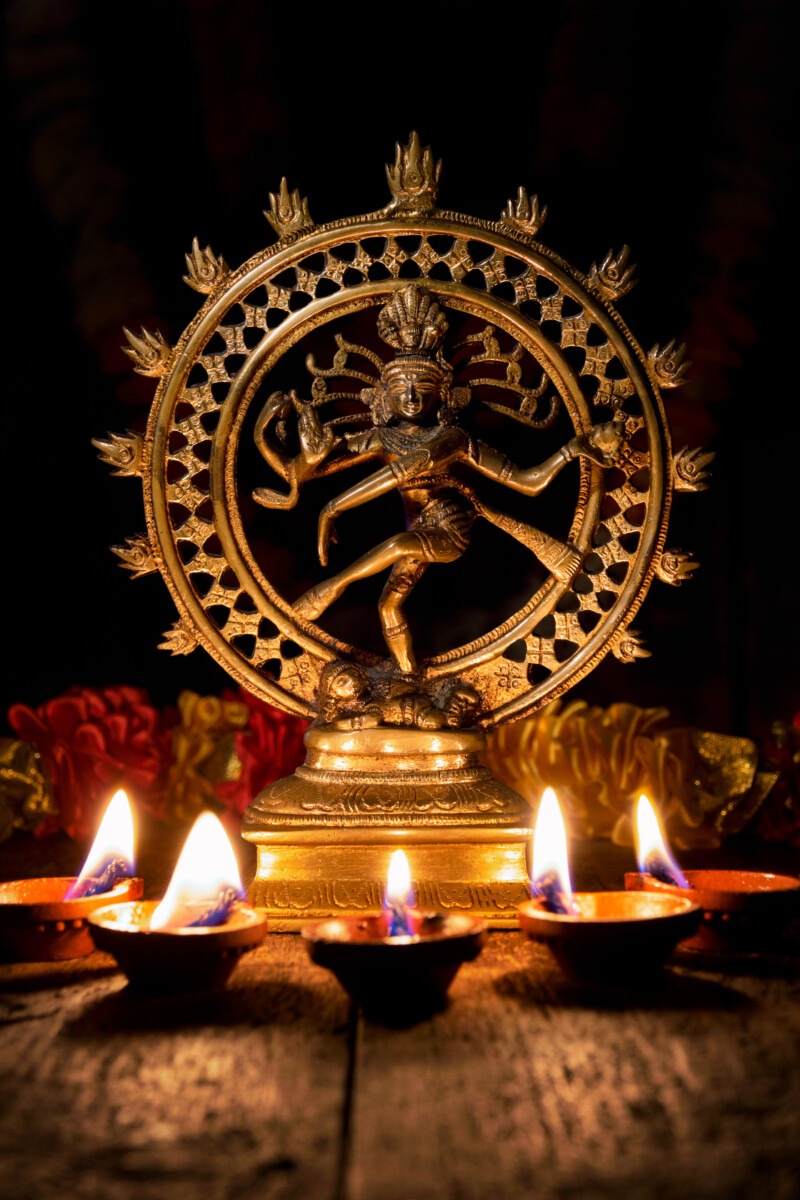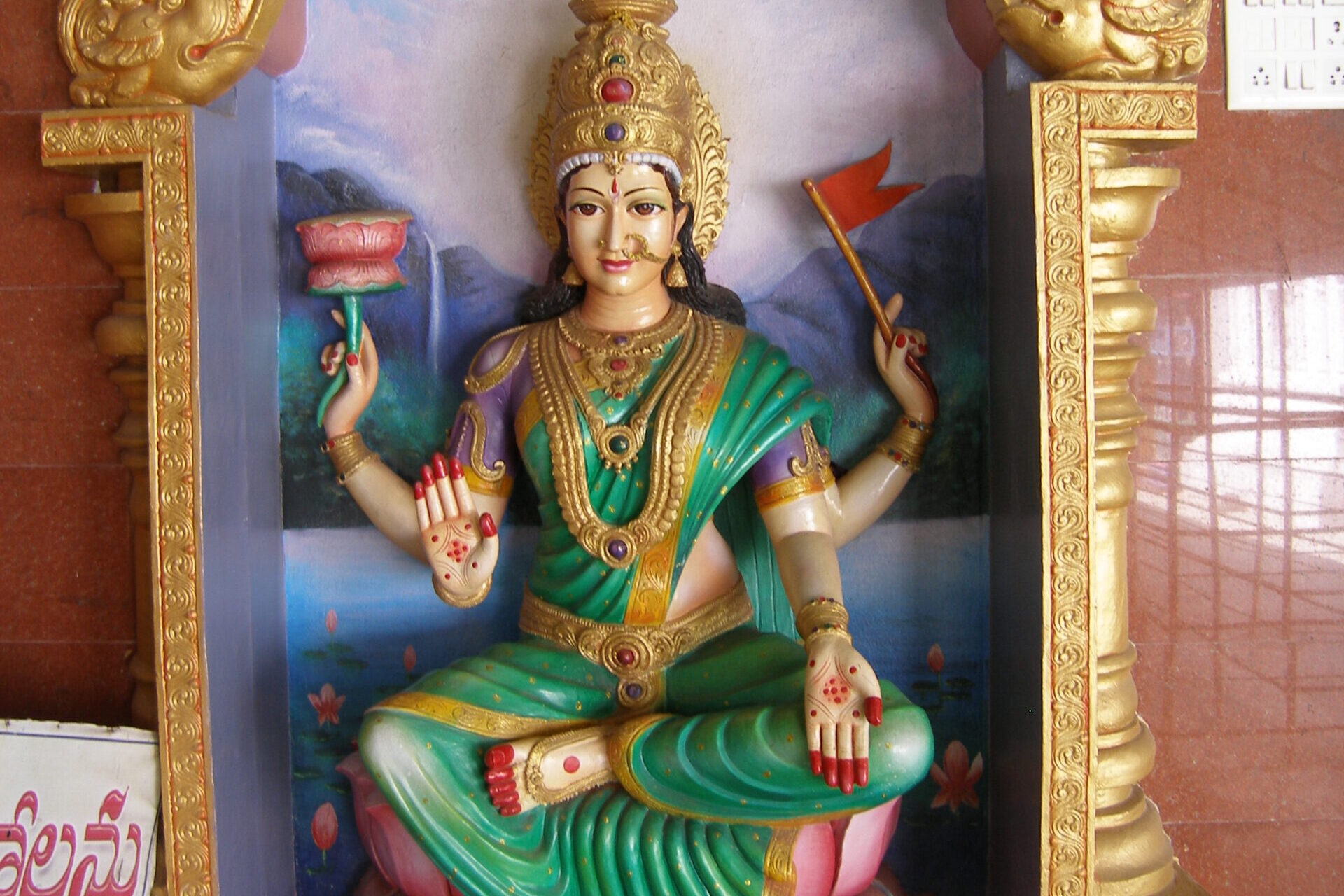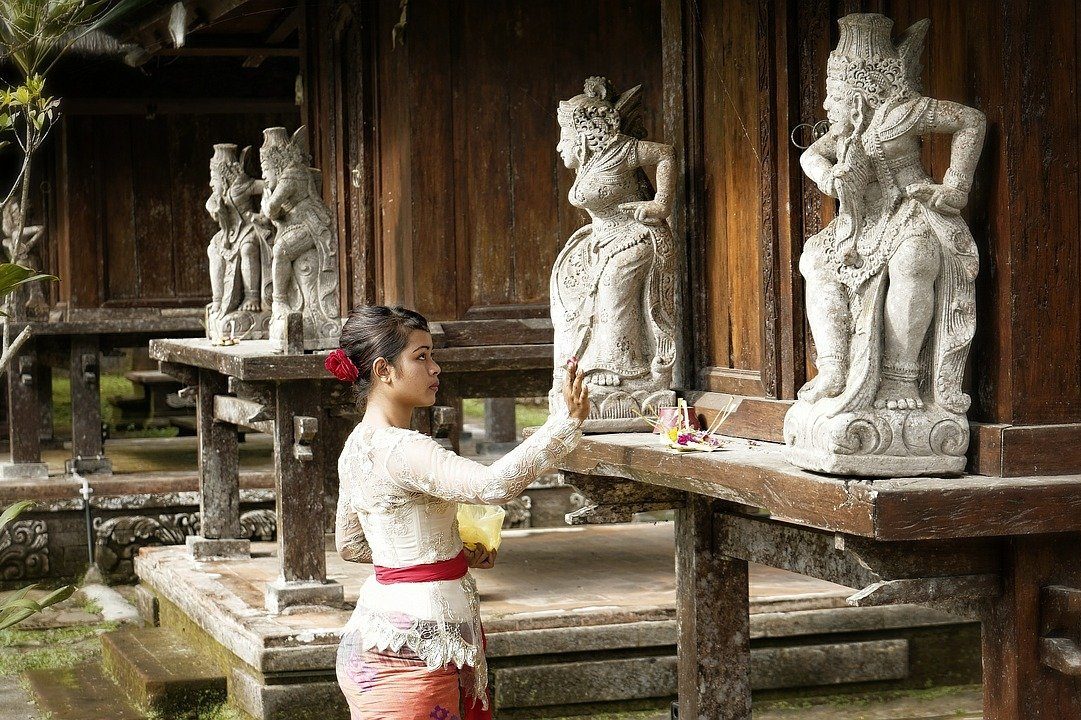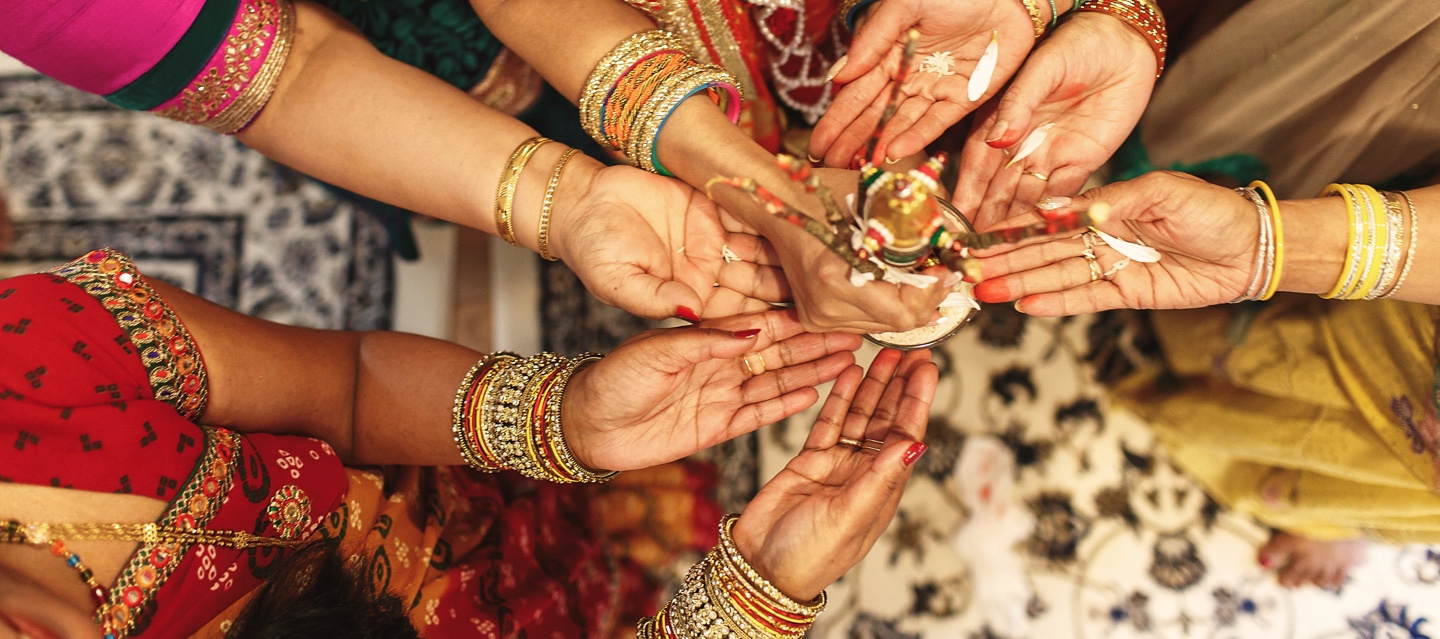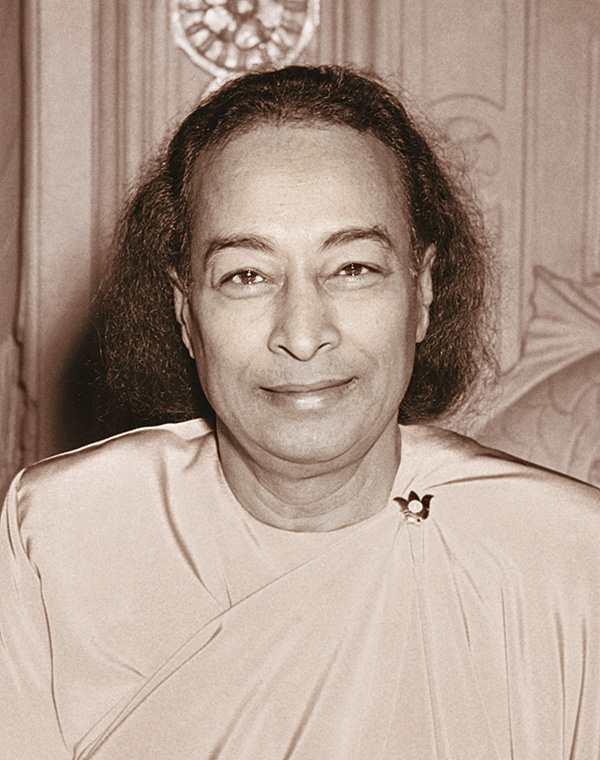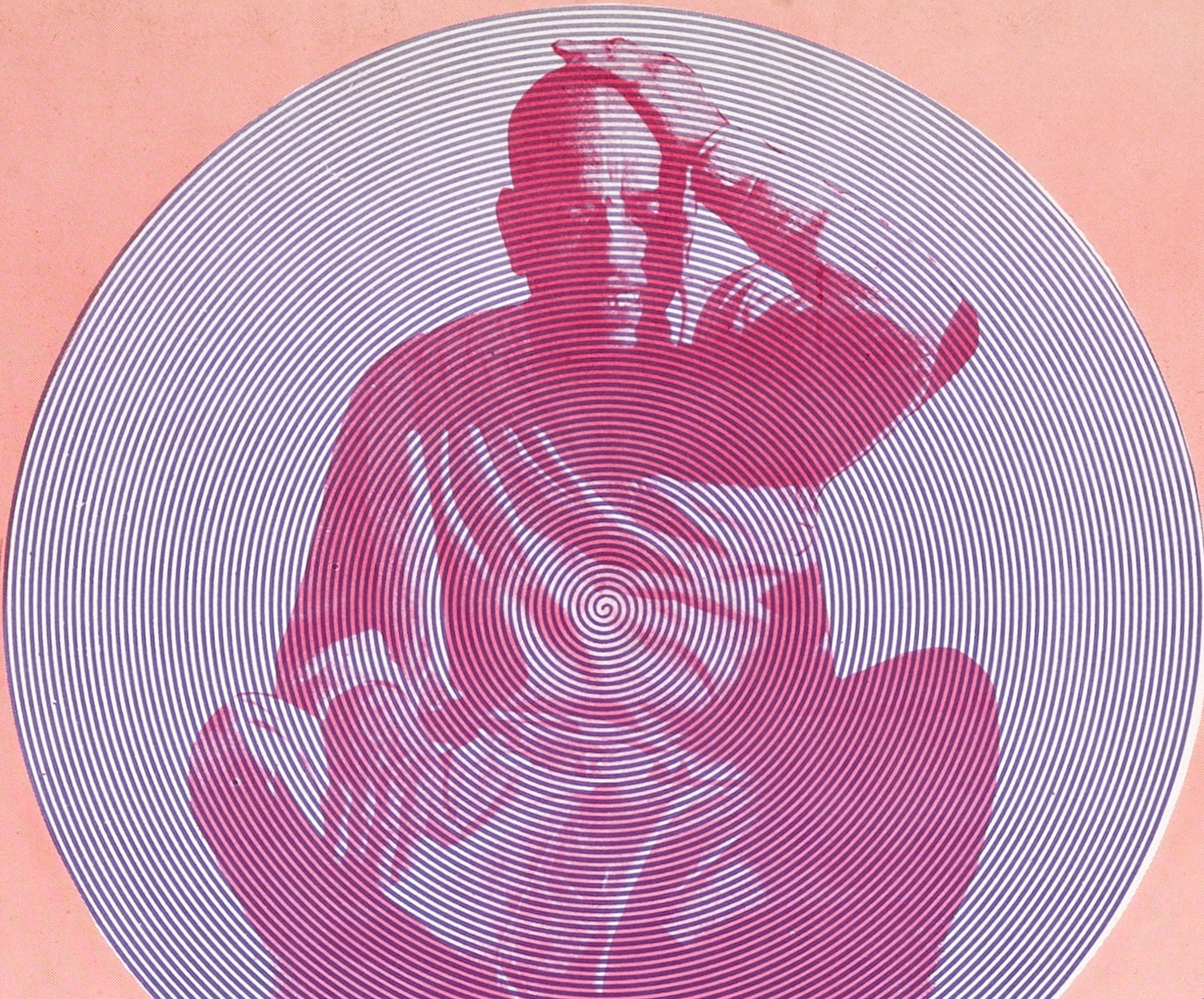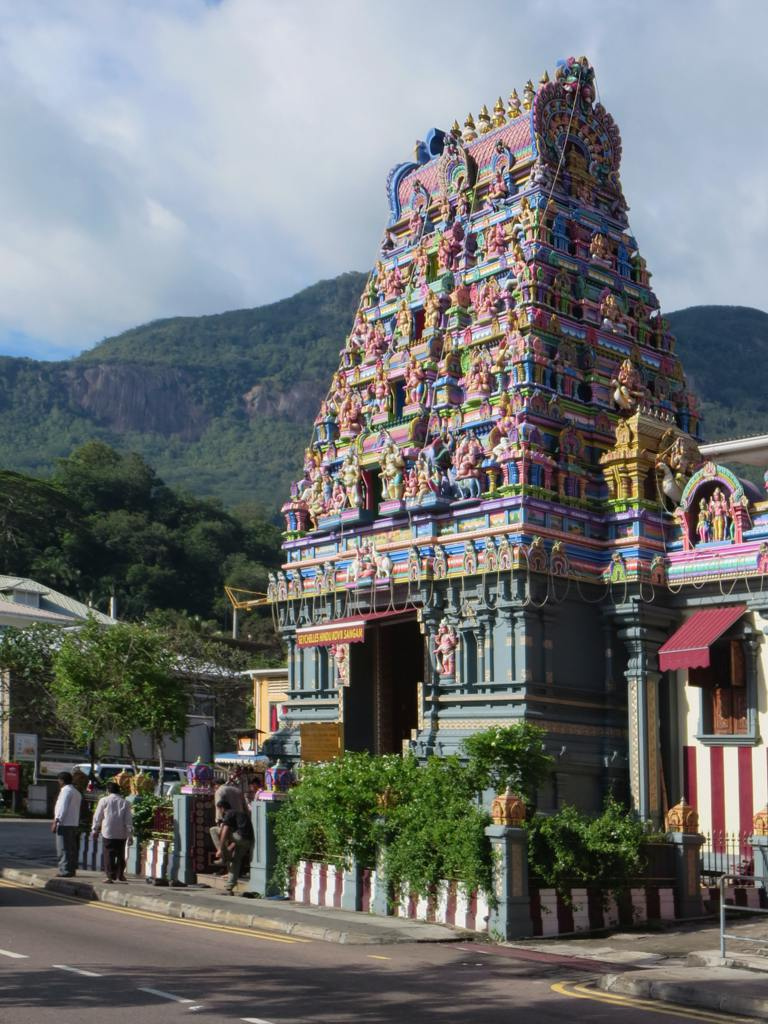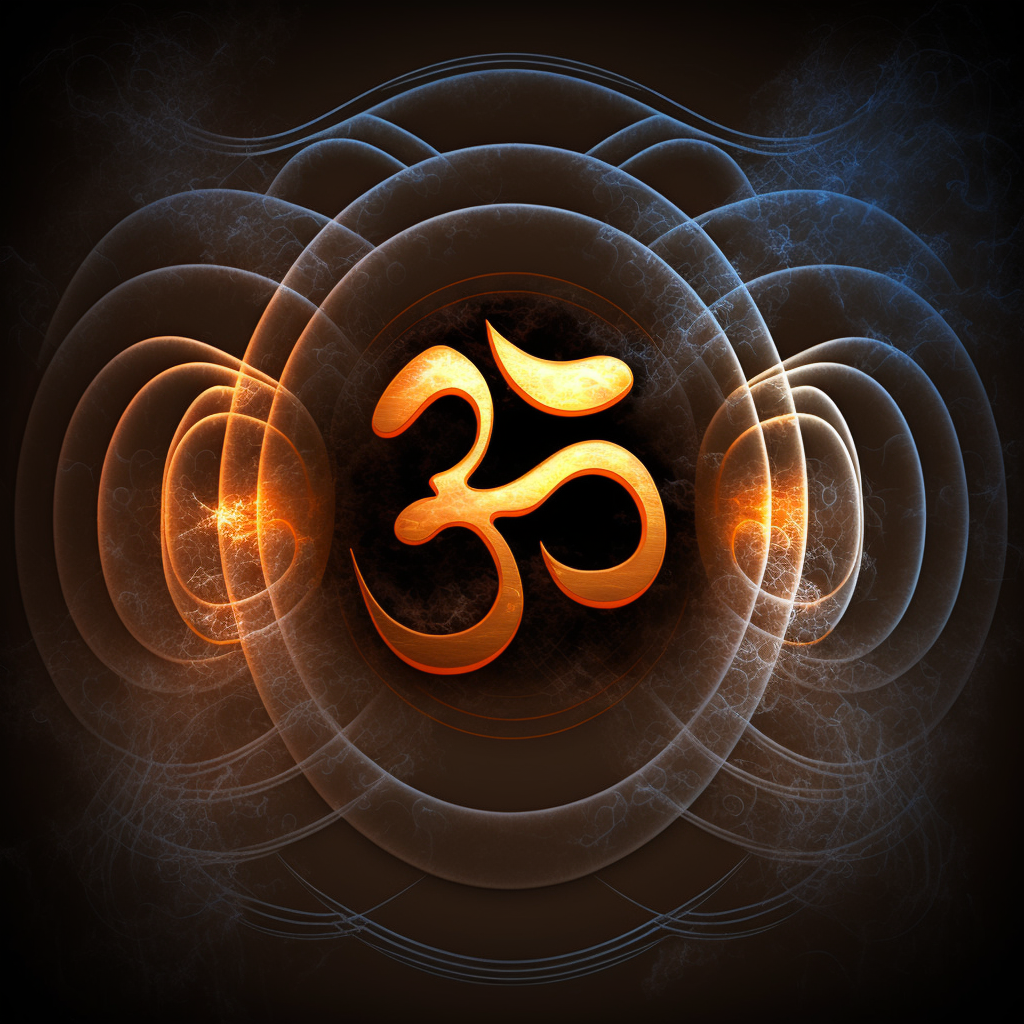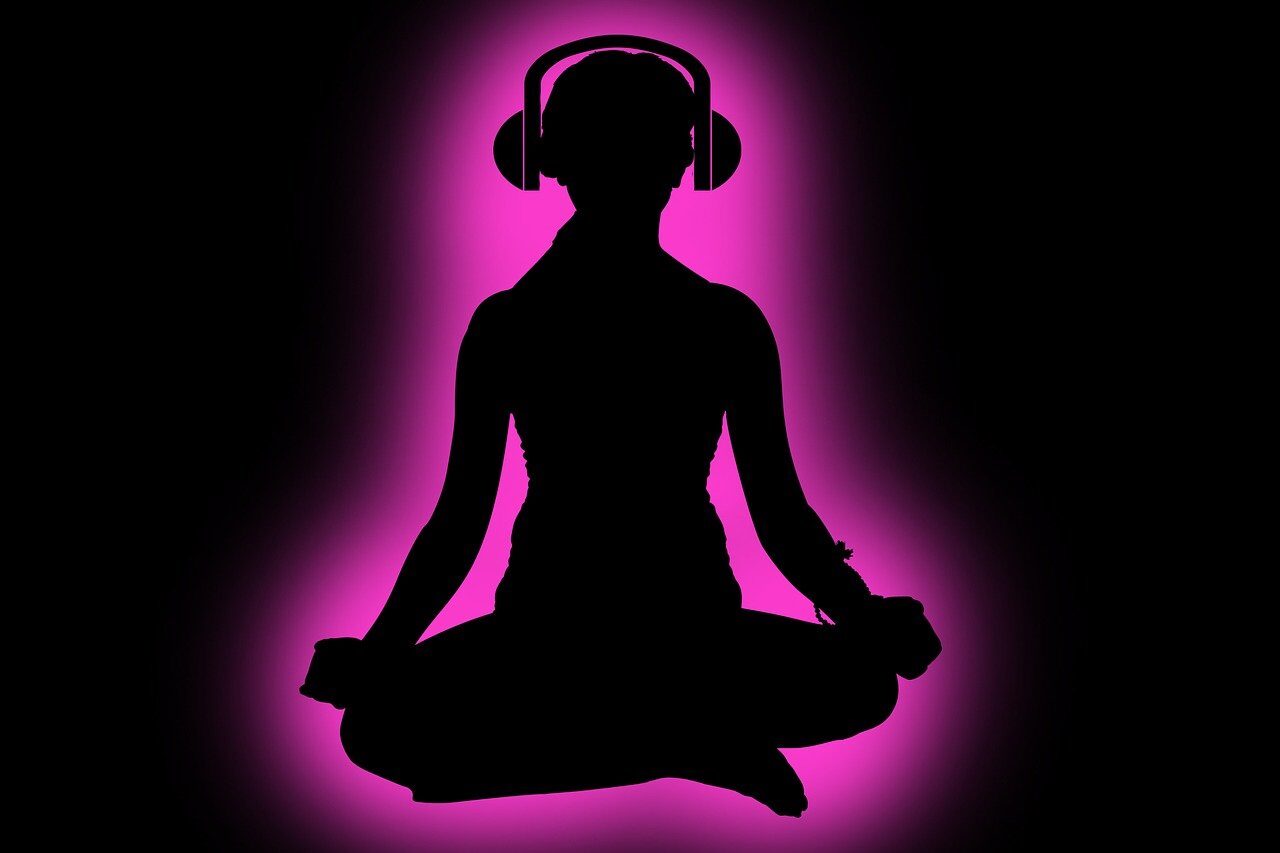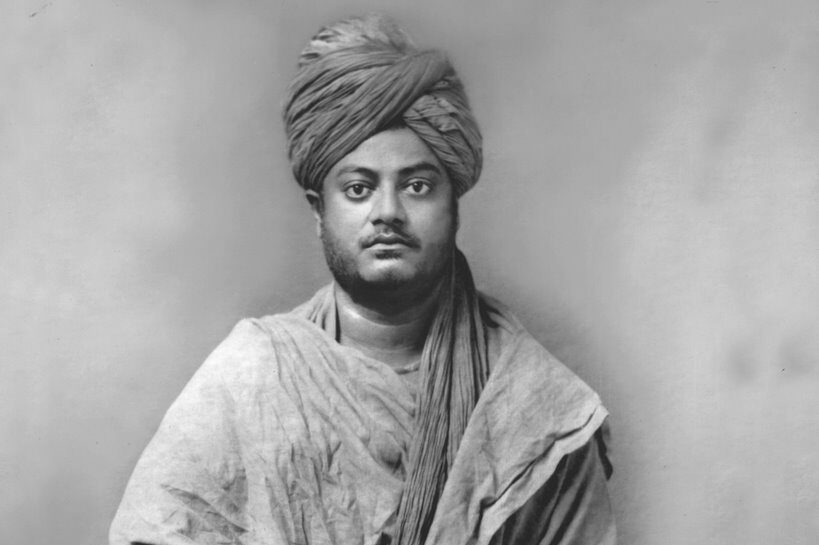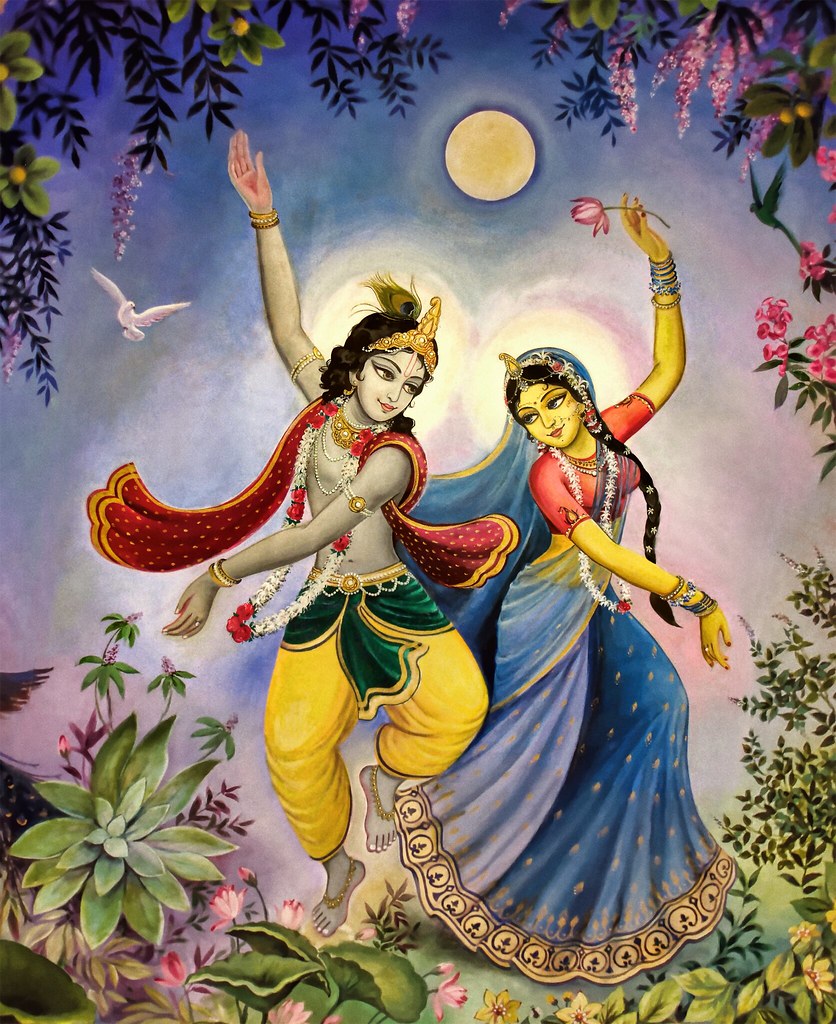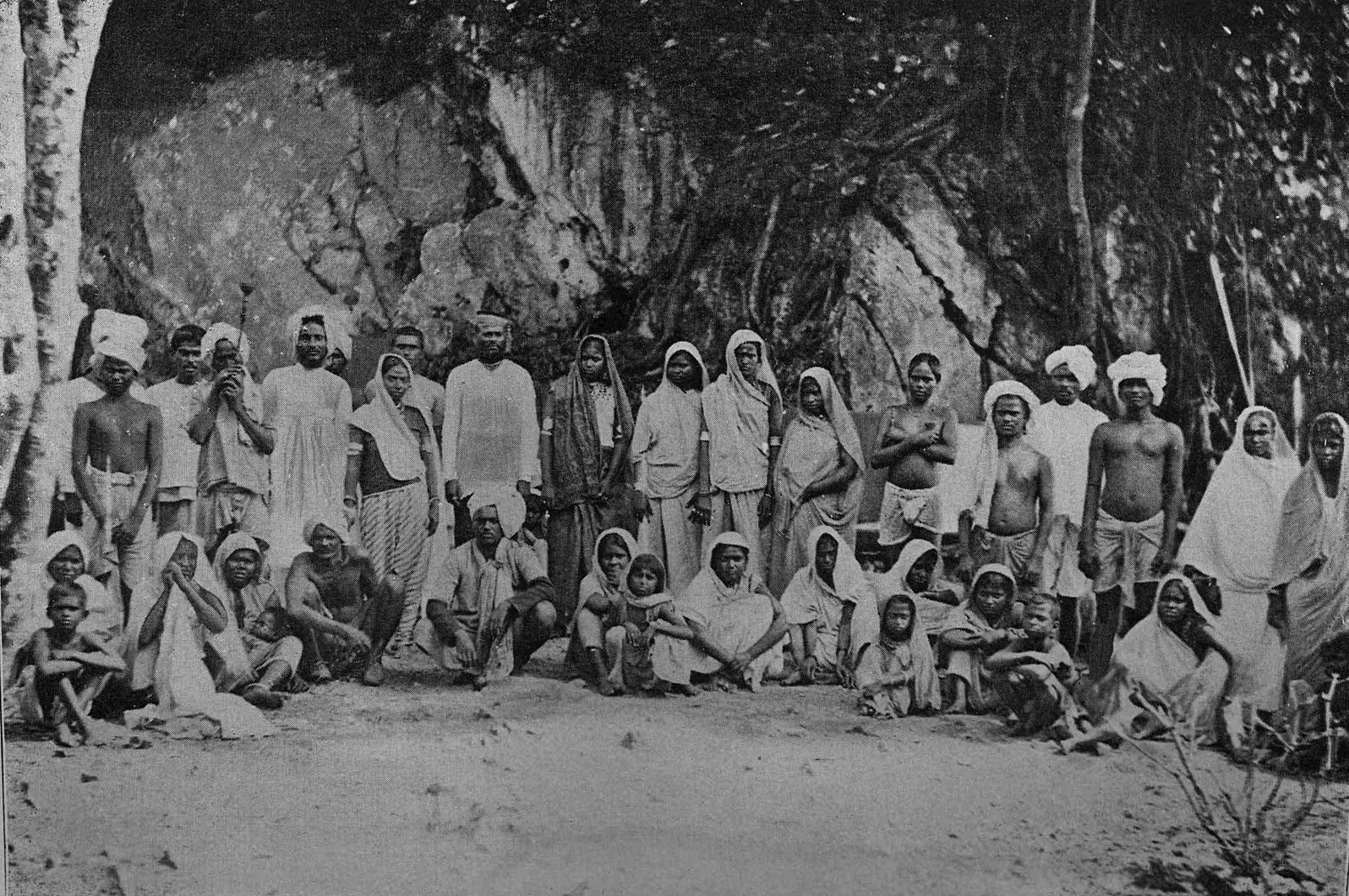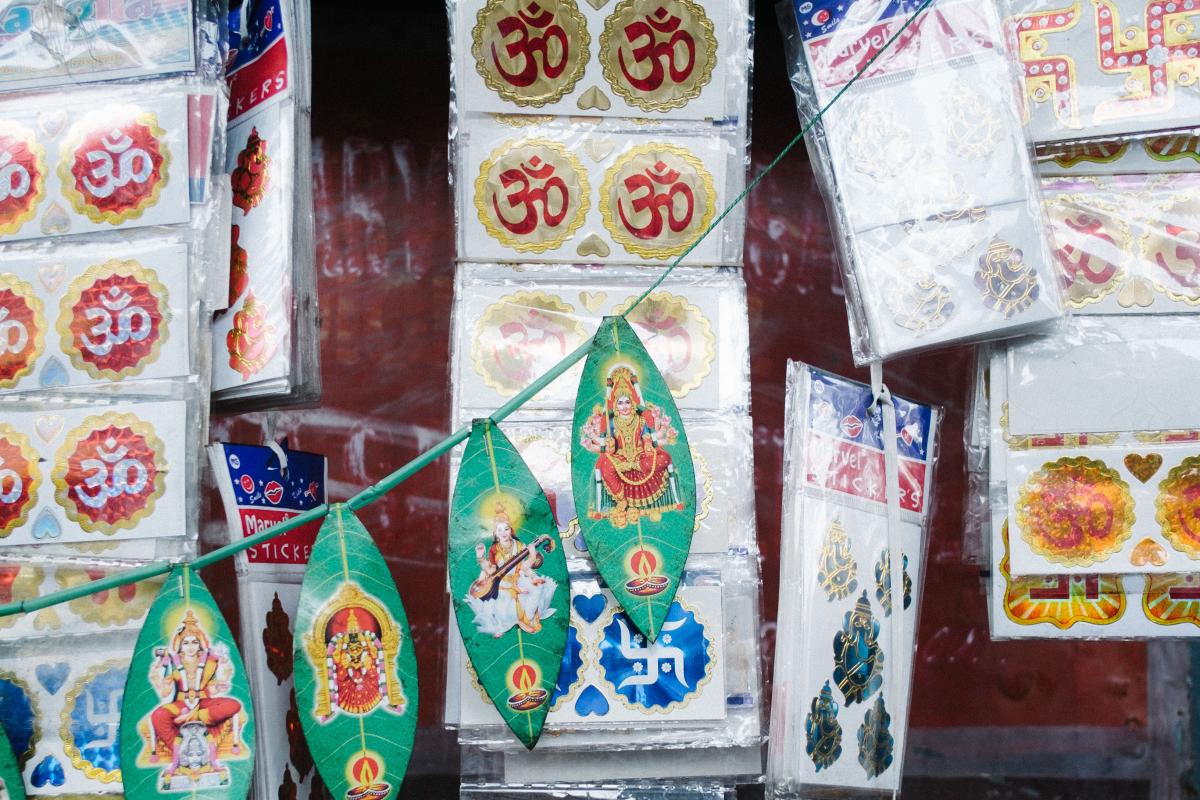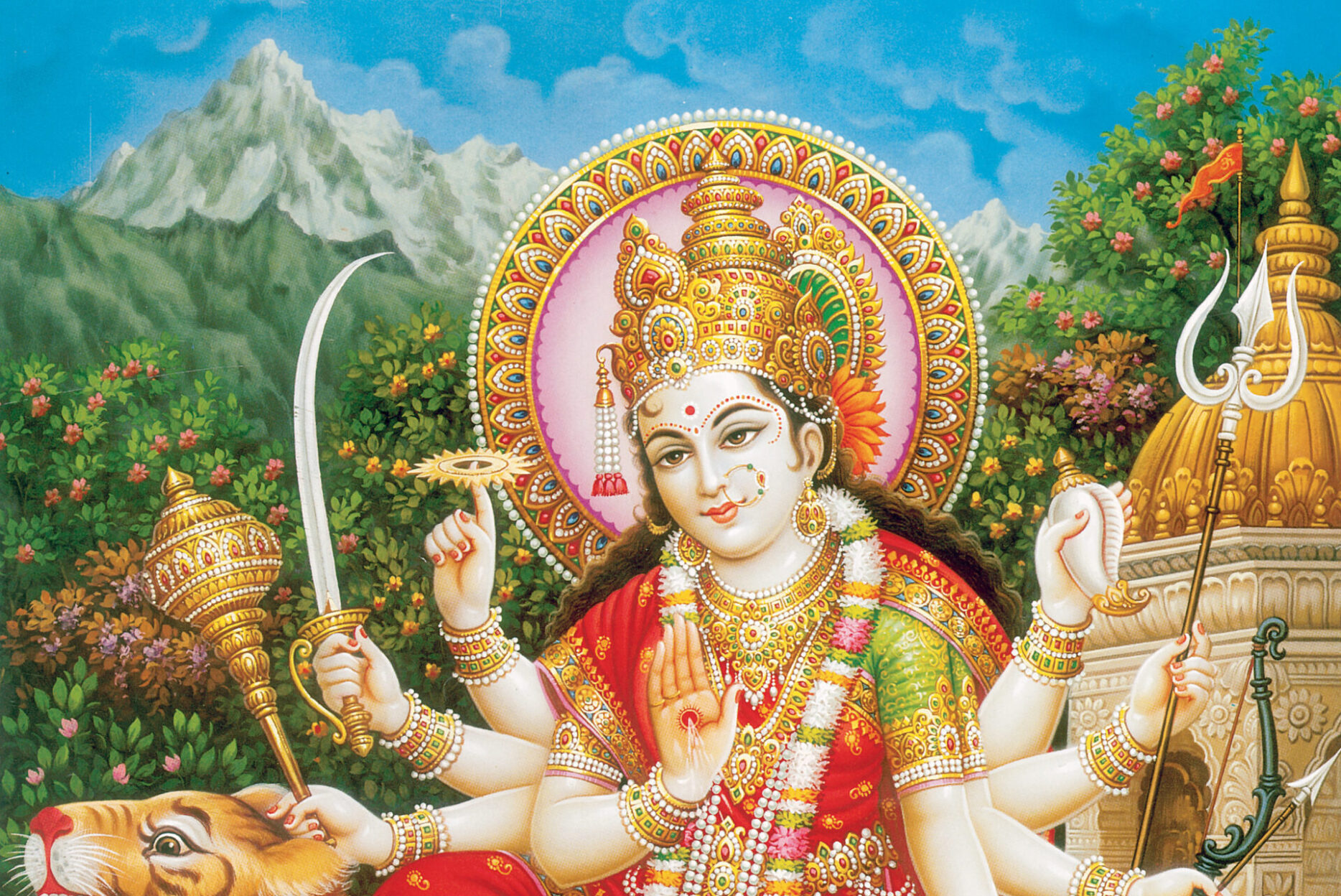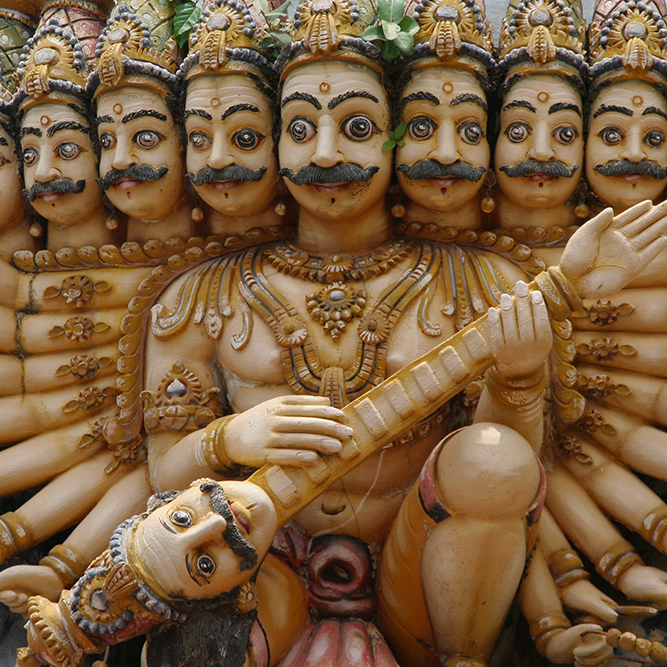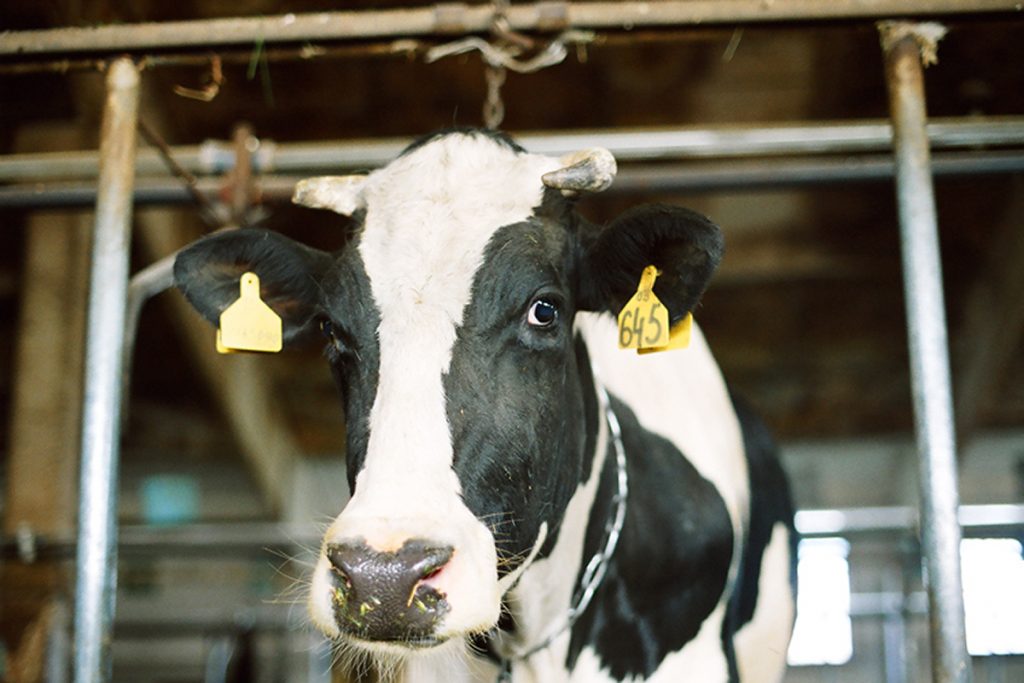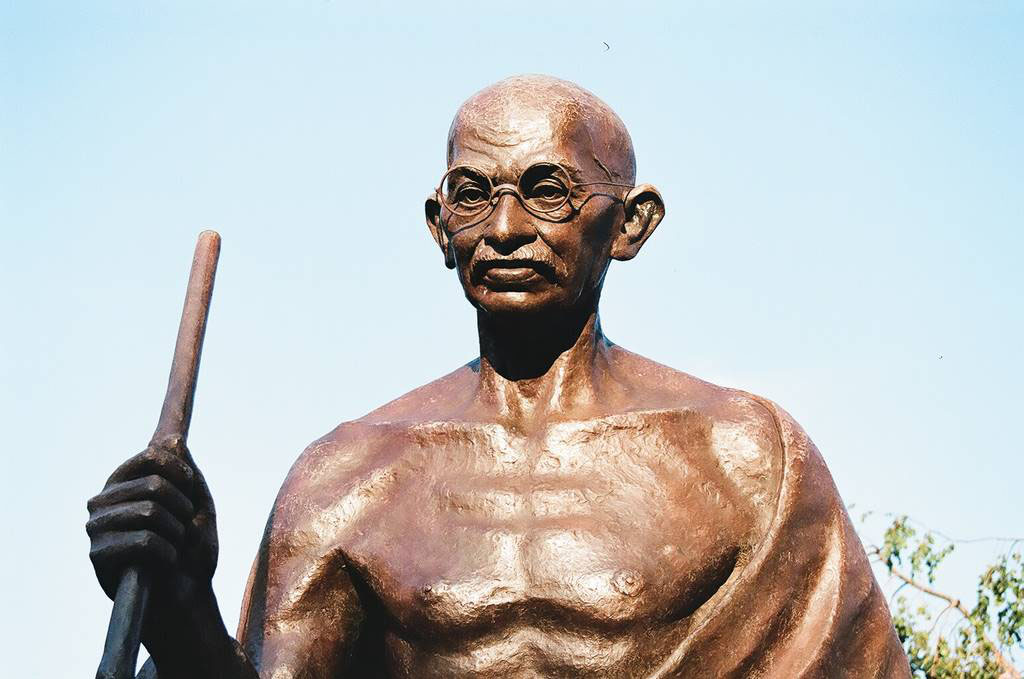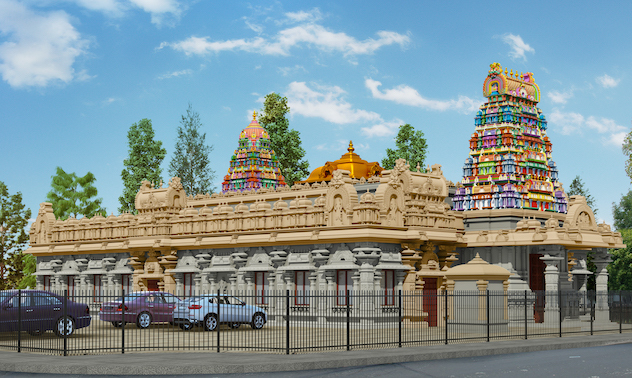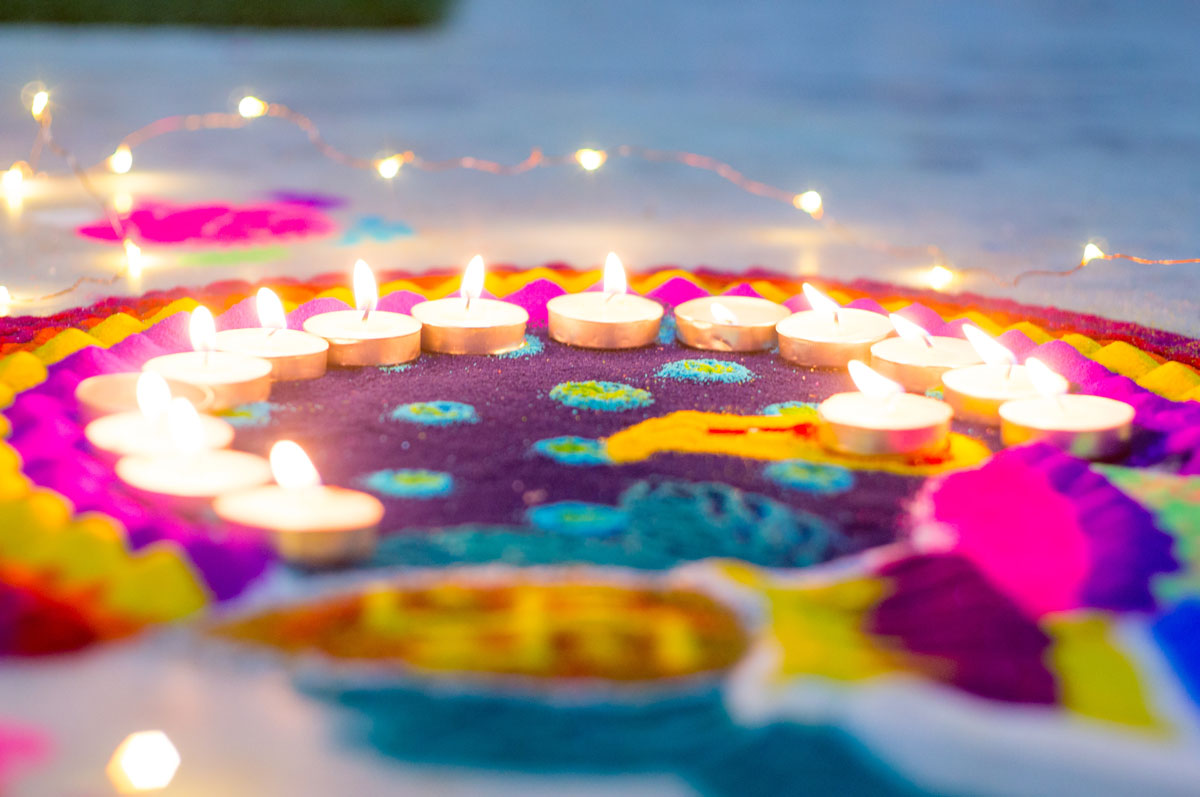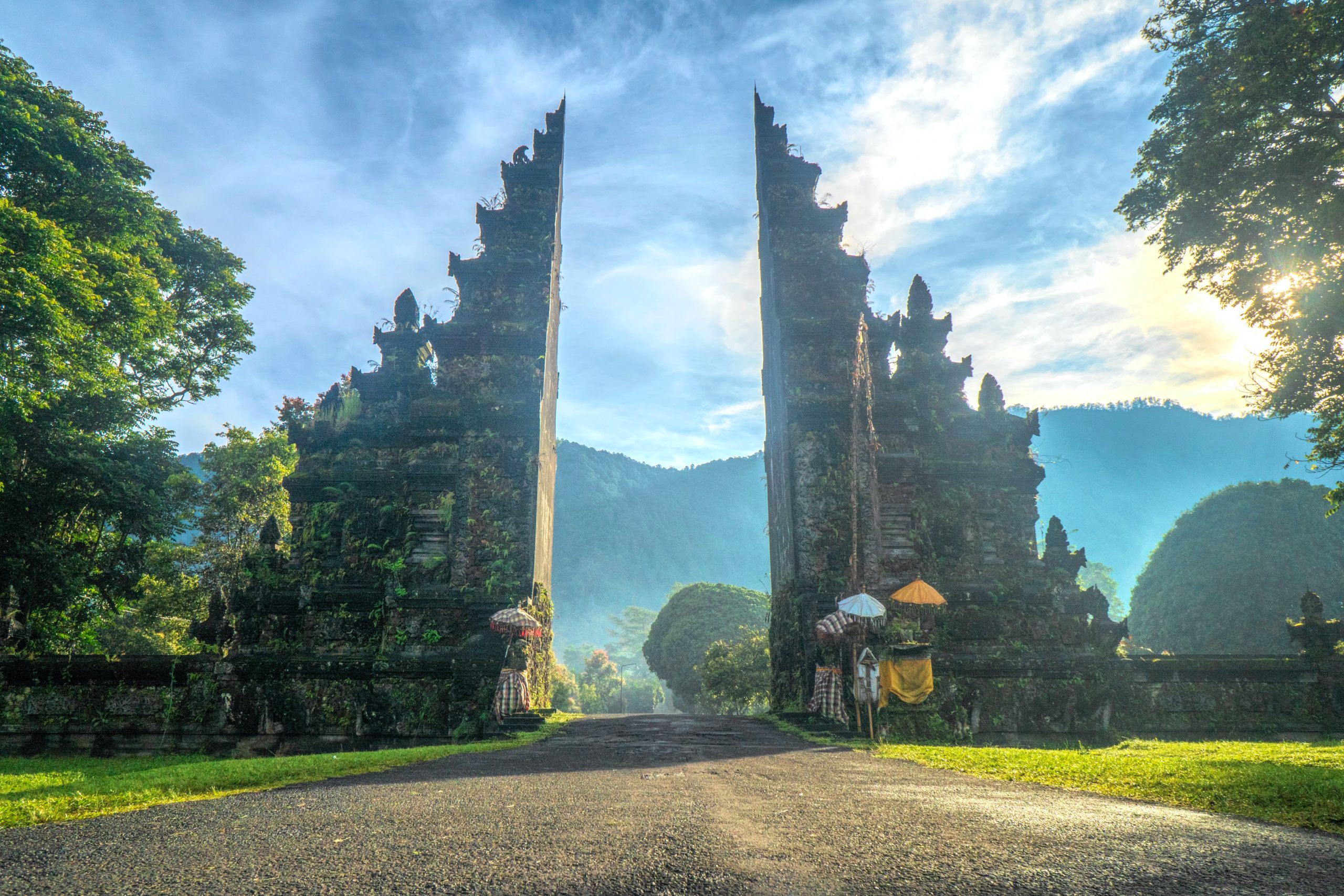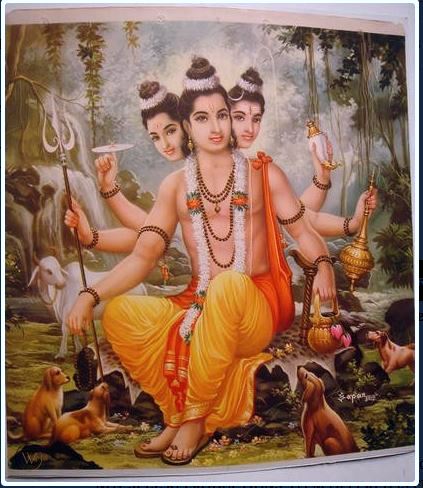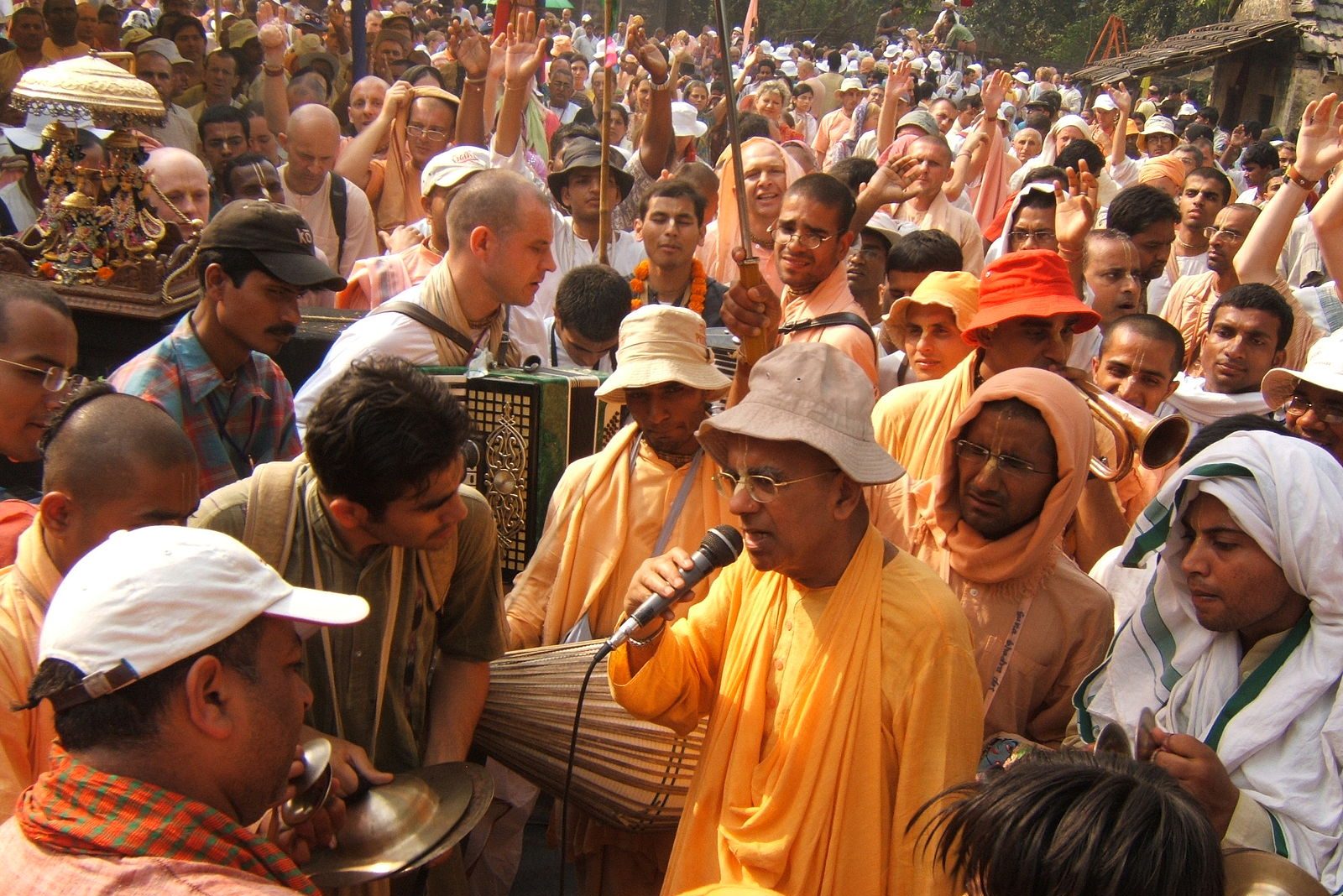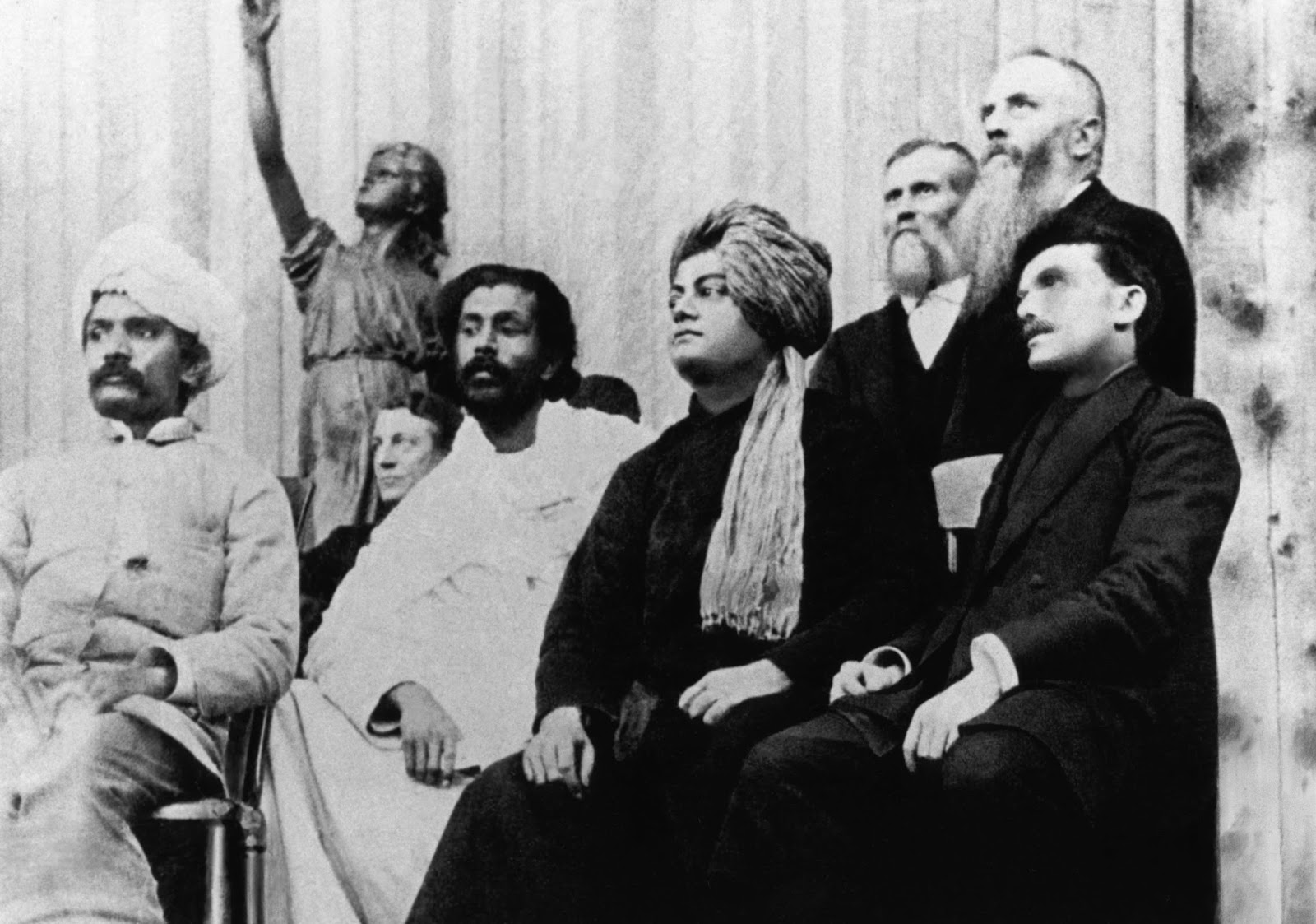
“God is not here,” Family Guy’s Peter Griffin emphatically declares as the sights and stench of India assault him on the airport tarmac. “The river banks are dried sewage. The river water is liquid sewage. The faithful millions drink and bathe in the one,” Katherine Mayo concurs almost a century prior. “Millennia ago, Dalits…were forced into the degrading work of manual scavenging, the practice of cleaning excrement from toilets and open drains by hand in exchange for leftover food…This persists to this day,” narrates Aunjanue Ellis-Taylor, playing the Pulitzer Prize winning protagonist Isabel Wilkerson in the film Origin, as a manual scavenger dives into an overflowing pool of human excrement.
Whatever the intent of such films, books, not to mention the avalanche of memes and AI generated images posted on social media, the message seems always the same: India is, always has been, and always will be a wretched, shithole country.
Few would accuse Origin, however, its source material Caste: The Origin of Our Discontents, or director Ava DuVernay and Wilkerson themselves of racism over unflattering portrayals of India. “Ava, this scene is so unbelievably powerful,” gushes NPR’s Tonya Mosely on Fresh Air. “That is our world. It’s the tough stuff, but it’s the beauty in the midst of that” DuVernay explains, also adding that her team worked with an activist group to cast actual Dalits to step in a pool of oatmeal and food coloring.
While it’s unclear if DuVernay was as mindful when casting the young and adult versions of the renowned Dalit leader, jurist, and Indian Founding Father Dr. Bhimrao Ambedkar, both Wilkerson and DuVernay nevertheless platformed multiple Indian voices. For example, Harvard’s Suraj Yengde and to a lesser extent activist and journalist Dhrubo Jyoti enjoyed generous, virtually uninterrupted screen time, appearing as themselves.
Furthermore, the intent behind both Origin and the book it’s based on does not primarily concern Indians, Hindus, or correcting whatever social ills that exist among them.
Wilkerson in Caste, DuVernay in Origin, and the on-screen Yengde, all lack the focused intensity and vitriol the off-screen Yengde and other activists normally display when discussing India, Hindus, or South Asian caste divisions.
The genesis instead lies in Wilkerson’s quest to uncover “caste” as a more robust, universal concept than “race,” one that not only better contextualizes the particular violence and indignities African Americans face, but oppression, marginalization, and segregation across cultures and histories. As part of that exploration, Wilkerson defines India, along with Nazi Germany and the Jim Crow South as the three most prominent “caste systems.”
As Wilkerson describes, caste is an invisible hand, an all pervasive social force creating and upholding division and stratification based on the pillars of divine will, heritability, endogamy, notions of purity and pollution, hierarchy of occupations, dehumanization and stigma, enforcement through terror and cruelty, and notions of inherent superiority and inferiority.
It is presumably through that lens by which DuVernay’s vivid imagery of open defecation and manual scavenging should be understood — an illustration of dehumanization, what Wilkerson dubs the Sixth Pillar of Caste, not to mock Indians as shiteaters as a racist troll on social media might.
In fact, the most fundamental issues with Wilkerson’s and DuVernay’s depictions of Indians and Hindus aren’t those of malice or excrement, but rather the very American tendency to relegate them to a literary foil or plot device. In Caste, her inclusion of Indian social dynamics, Hindu texts, and even Ambedkar seem relevant only to the extent they validate her overarching theories and social commentary.
“Now, on the other side of the world, a dominant-caste woman in India was presuming the same privilege in a parallel universe…[in America] her castigation of the Dalit woman would be seen as a kind of Brahmin-splaining, as with mansplaining and whitesplaining,” she says following an encounter with a random Indian woman who intruded into her conversation with an academic.
The Manusmriti is only notable because it’s an ancient analogue to more recent anti-miscegenation laws in the United States. “Oh, this is the Martin Luther King of India,” Wilkerson explains to a TSA officer examining a small bust of Ambedkar packed in her carryon, one of many instances such comparisons between Dalits and African Americans appear in both the book and film.
As for DuVernay, India’s appearance in Origin comes across as an odd combination of an Eat, Pray, Love style side quest, Slumdog Millionaire poverty porn, and a hastily inserted infomercial for Yengde. This is surprising, given how powerful and subtle DuVernay’s talents as a filmmaker are everywhere else.
I was uncomfortable and terrified during the opening scene, even before remembering that I happened to be a dark skinned male dressed identically to Trayvon Martin. She captured the involuntary flinches of Wilkerson’s white colleagues when her former editor (portrayed by Blair Underwood) joined their conversation at a highbrow event. Ellis-Taylor’s portrayal of Wilkerson had emotional depth, while her cousin (played by Niecy Nash) delivered levity precisely when needed.
In contrast, India felt like an awkwardly shoehorned afterthought, the excrement scene aside. The India we see is largely the same tired and timeless one seen in 2008’s Slumdog, albeit slightly cleaner and more Chinatown-esque at night. As for Yengde, the fiercely opinionated scholar-activist is reduced to playing a guru in Wilkerson’s brief discovery of India.
But what exactly is the problem with tropes, especially if they help highlight real problems and dismantle systems of oppression?
Open defecation, manual scavenging, caste divisions, and poverty are indeed obvious and long standing issues in India.
In 2011, only 35% of Indians had access to toilets, compared to 71% in 2020.
In 2021, 82% of all Indians and 79% of Scheduled Caste Indians, many of whom would identify as Dalit, reported not having personally experienced caste discrimination within the past year.
However, stark disparities persist and the majority of Indians still socialize and marry within their caste or ancestral community. Moreover, Indians remain legally and administratively categorized by religion and caste for the purposes of personal law and policies like reservation — a system of affirmative action for disadvantaged communities enacted since colonial times. All Indian citizens defined as “Hindu” are each members of over 3,000 caste communities, categorized as either General Category (GC, “upper caste”), Other Backward Class, Scheduled Caste (SC, “Dalit”), or Scheduled Tribe. As the most privileged subset of India’s dominant religious community, neither the Indian legal system nor US-based activists supporting legislation like SB403 recognize any notions of Indian GC Hindus (or their descendants abroad) as being victims of discrimination, let alone systemic discrimination, in either India or the United States.
It’s tempting, given the economic and social privileges of the average GC Indian or Hindu American, to rationalize Caste and Origin’s treatment as “punching up” and dismiss any criticisms as “fragility” or apologia. And that misses the point. No matter how far India and Indians have come, India as the casteist, misogynistic, nationalist, or authoritarian shithole country is still the only thing Americans want to see and the only story they want to hear. Worse, the disgust and moral outrage inevitably generated by these repeated tropes, if unchallenged, can easily morph into widespread stigma, contempt, or dare I say notions of innate superiority over millions of Indian and Hindu Americans.
Origin itself illustrates the folly of assuming diaspora privilege and assimilation are a reliable inoculation from marginalization. “Segregation will never achieve the goal, as long as the Jews have economic power in our German Fatherland as they do now,” a Nazi official laments in a 1934 closed door meeting concerning German Jews. “As long as they have the most beautiful automobiles, the most beautiful motorboats. As long as they play a prominent role in pleasure spots and resorts, and everywhere that costs money,” another replies. Diasporas worldwide have long known that privilege is neither permanent, a guarantee of security, nor is it, to borrow Wilkerson’s analogy, impervious to dormant pathogens of hate emerging from the permafrost.
It is therefore not unreasonable to scrutinize Caste and Origin, especially since their elite individual and institutional backers amplify their impact far beyond mere book or movie ticket sales. Few can match the credibility of an Oprah Winfrey or Barack Obama endorsement, especially if a Ford Foundation lavishes $10 million of the film’s $38 million budget after a single phone call. The tropes Caste and Origin recycle carry a social, intellectual, and political authority that neither Seth MacFarlane, Katherine Mayo, nor any online troll who’s posted a shithole India meme will ever have.
It’s impossible to see Mark Chandler, Cisco VP and Chief Legal and Compliance Officer recommending Caste in isolation to that being part of his company’s PR response to the California Civil Rights Department suing his company and employees for caste discrimination months earlier. It can’t go without notice that Origin was primarily financed by a nonprofit that also supports multiple activists, who along with their Ivory Tower associates use their connections and credibility to promote an array of policies designed to single out Indian and Hindu Americans at school, work, and in communities throughout the country.
Indians don’t need Americans to remind them they have open defecation or a caste system. Manual scavenging, performed by Dalits, is one of many obvious, heartbreaking, and infuriating social problems in India. But it is Indians, not Americans (including Indian and Hindu Americans), who have the ultimate obligation and stake in dealing with it. The continued dominance of the miserable shithole India trope, even when shrouded in Progressive politics and good intentions, is not without consequence. At best, it traps Americans into stained, anachronistic perceptions of India unresponsive to changing realities. At worst, it creates the moral justification to see Indians and Hindu Americans as little more than casteist streetshitters, precisely the dehumanization Wilkerson and DuVernay seek to prevent.


